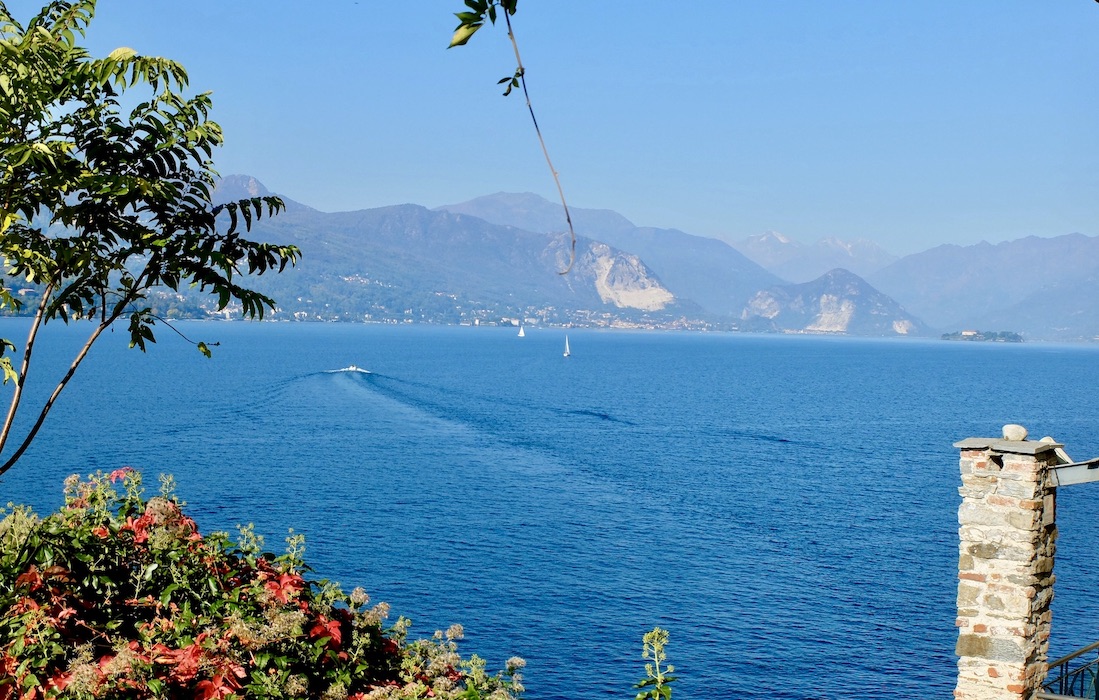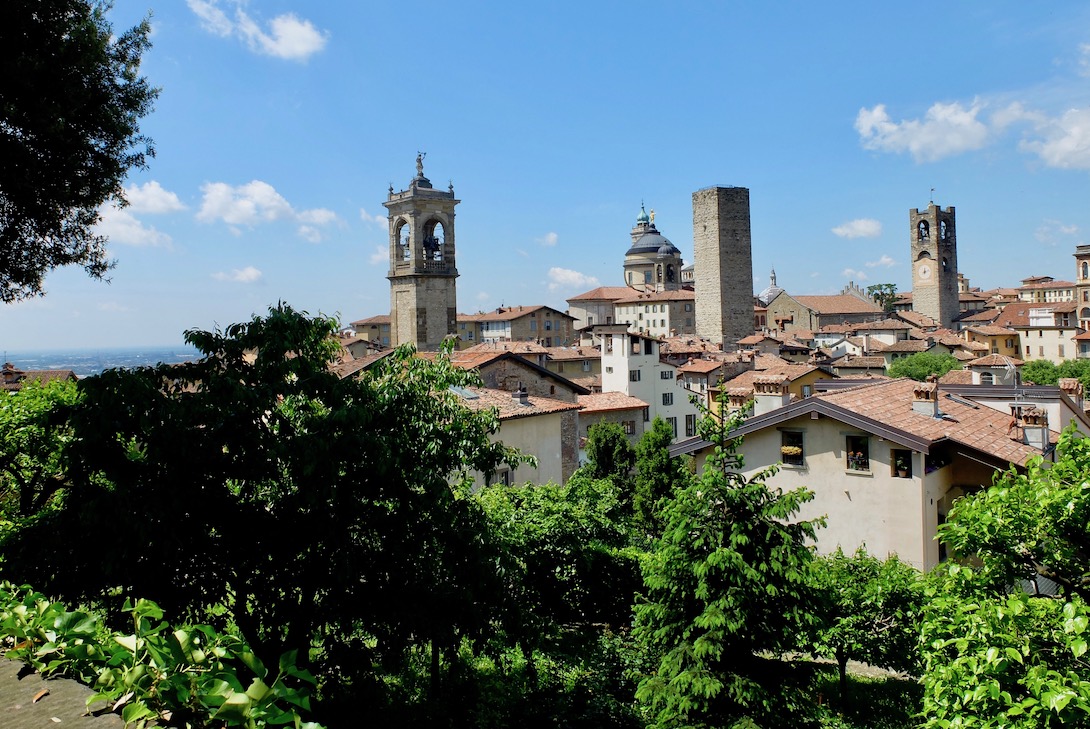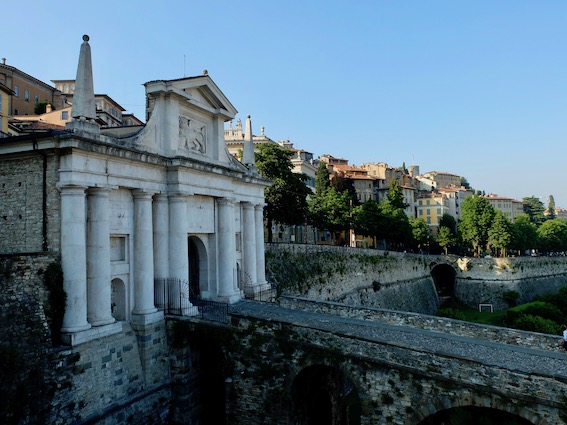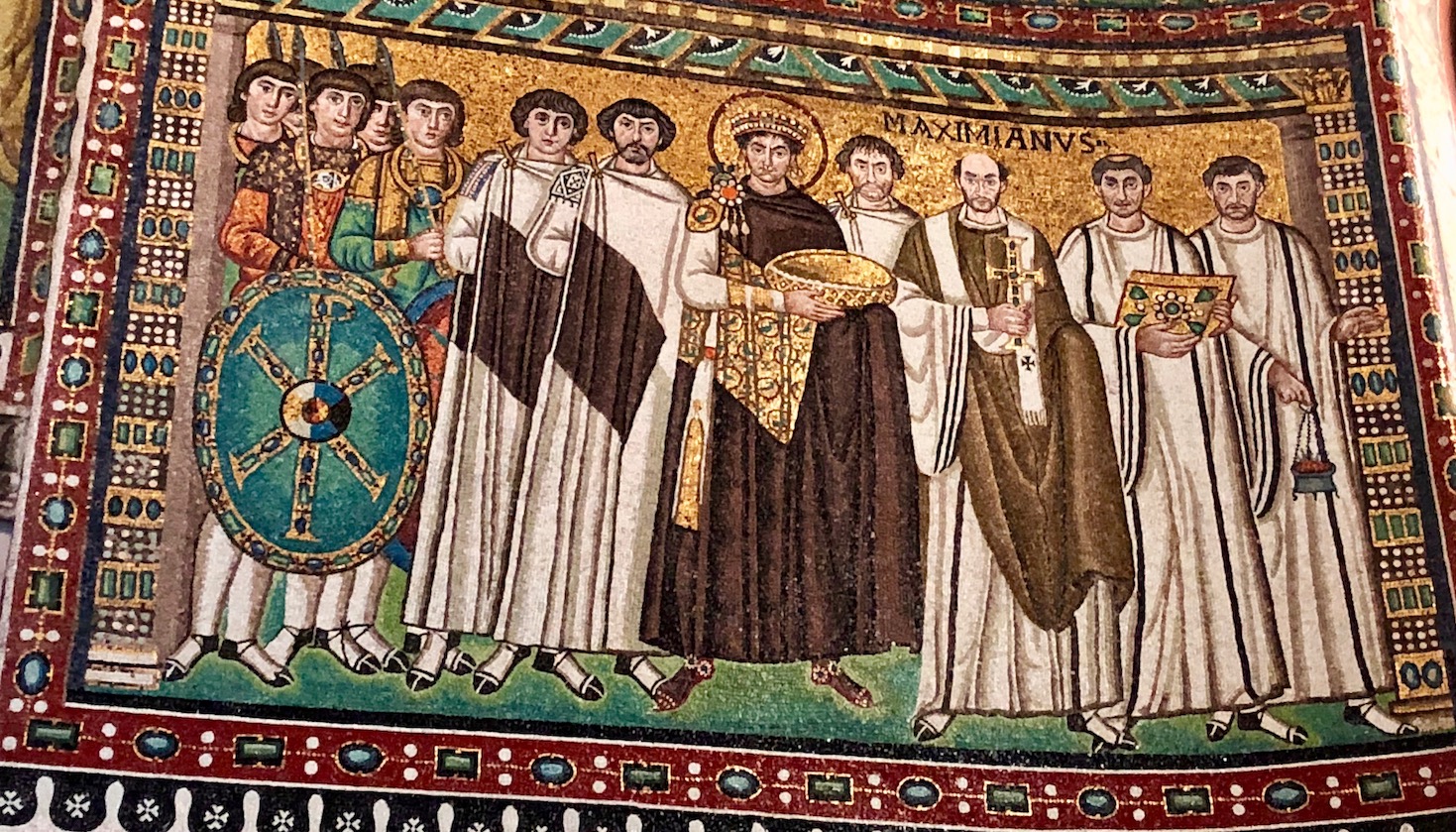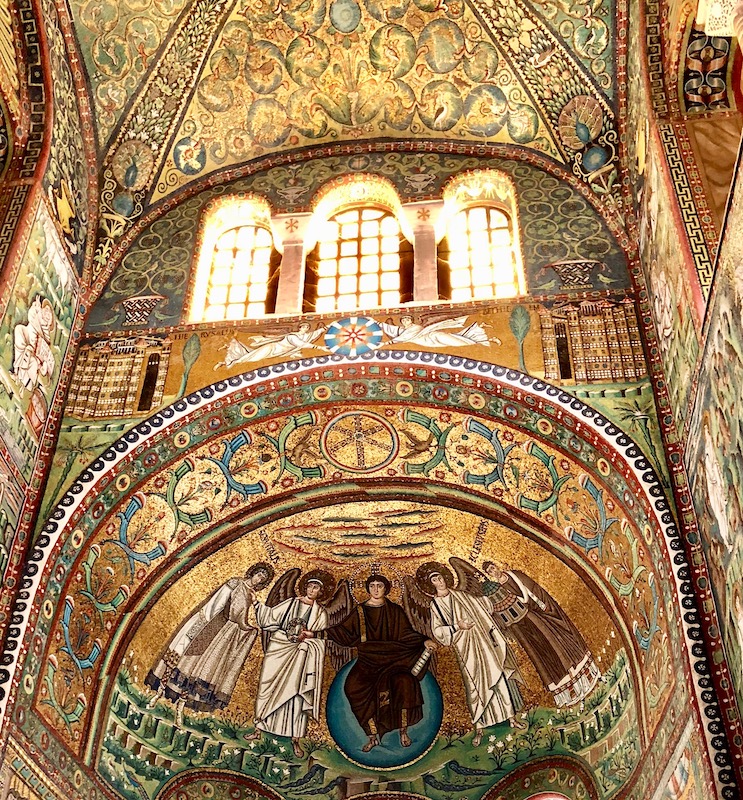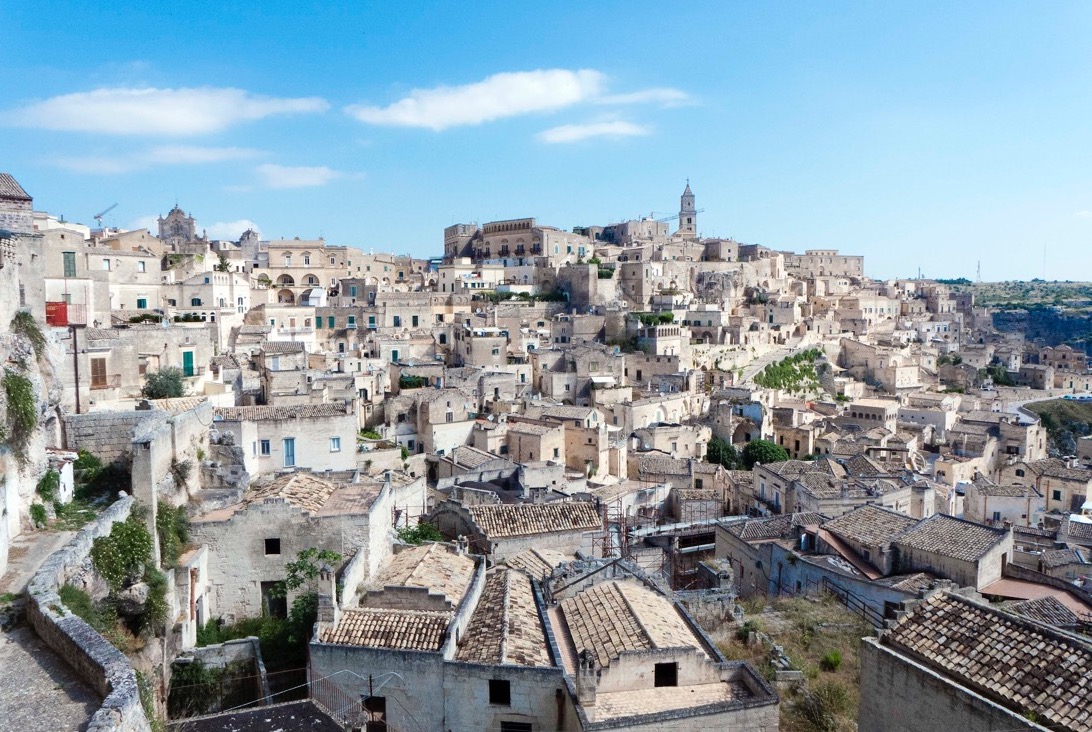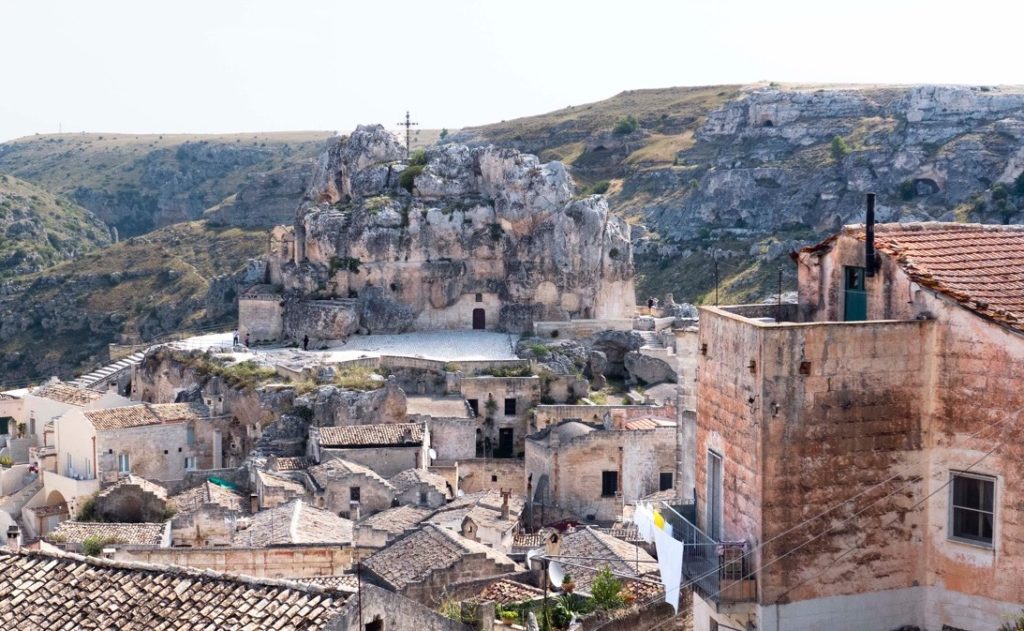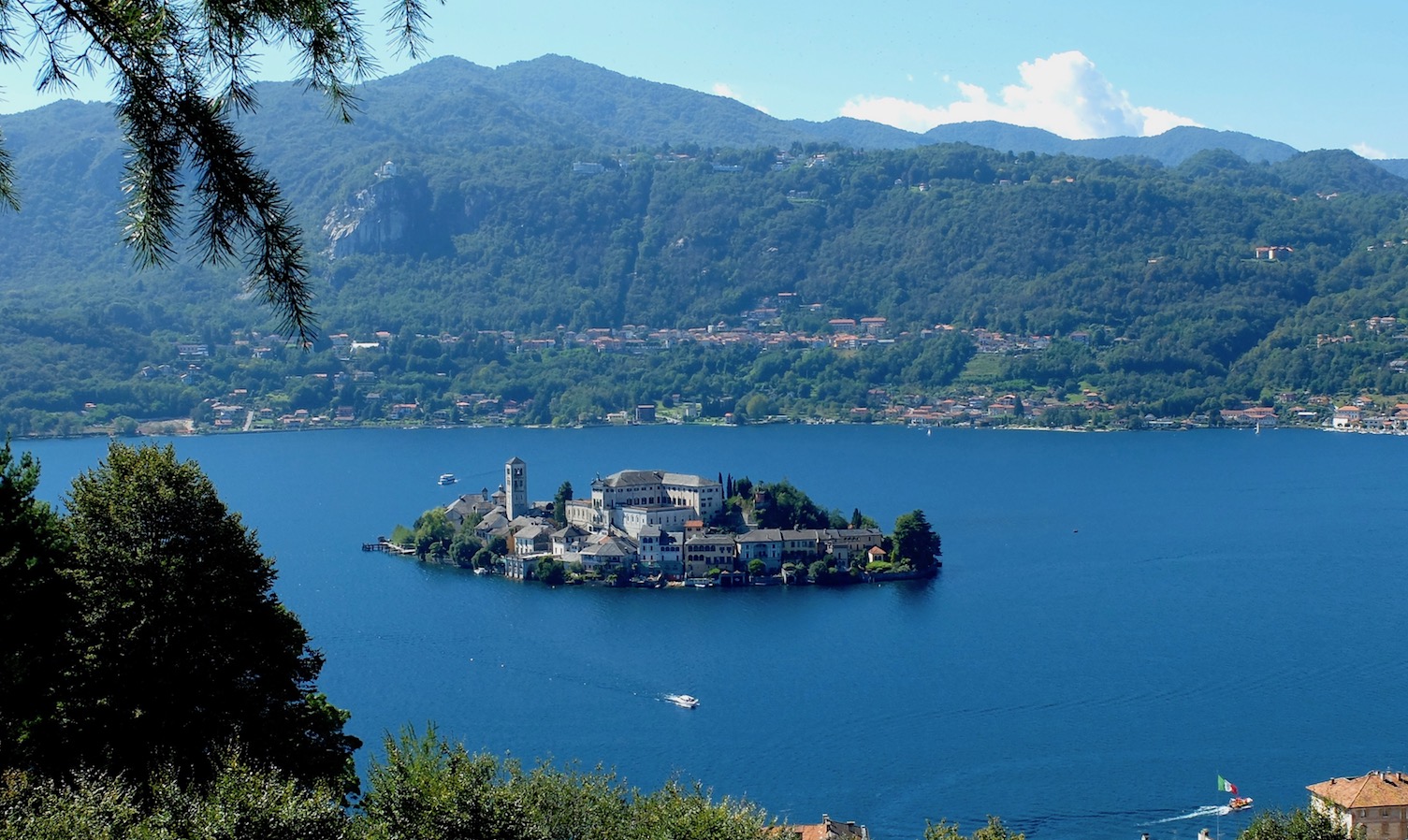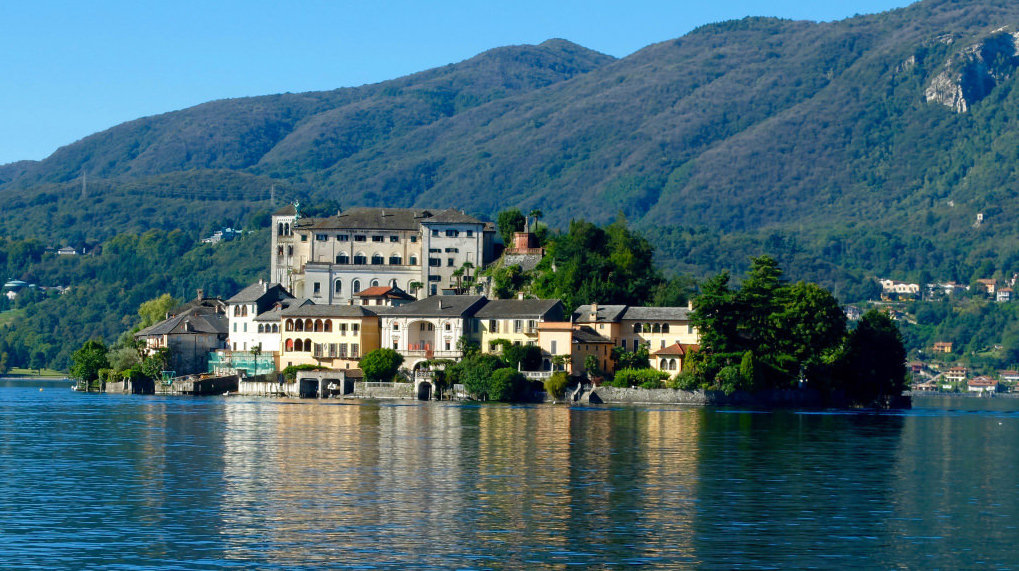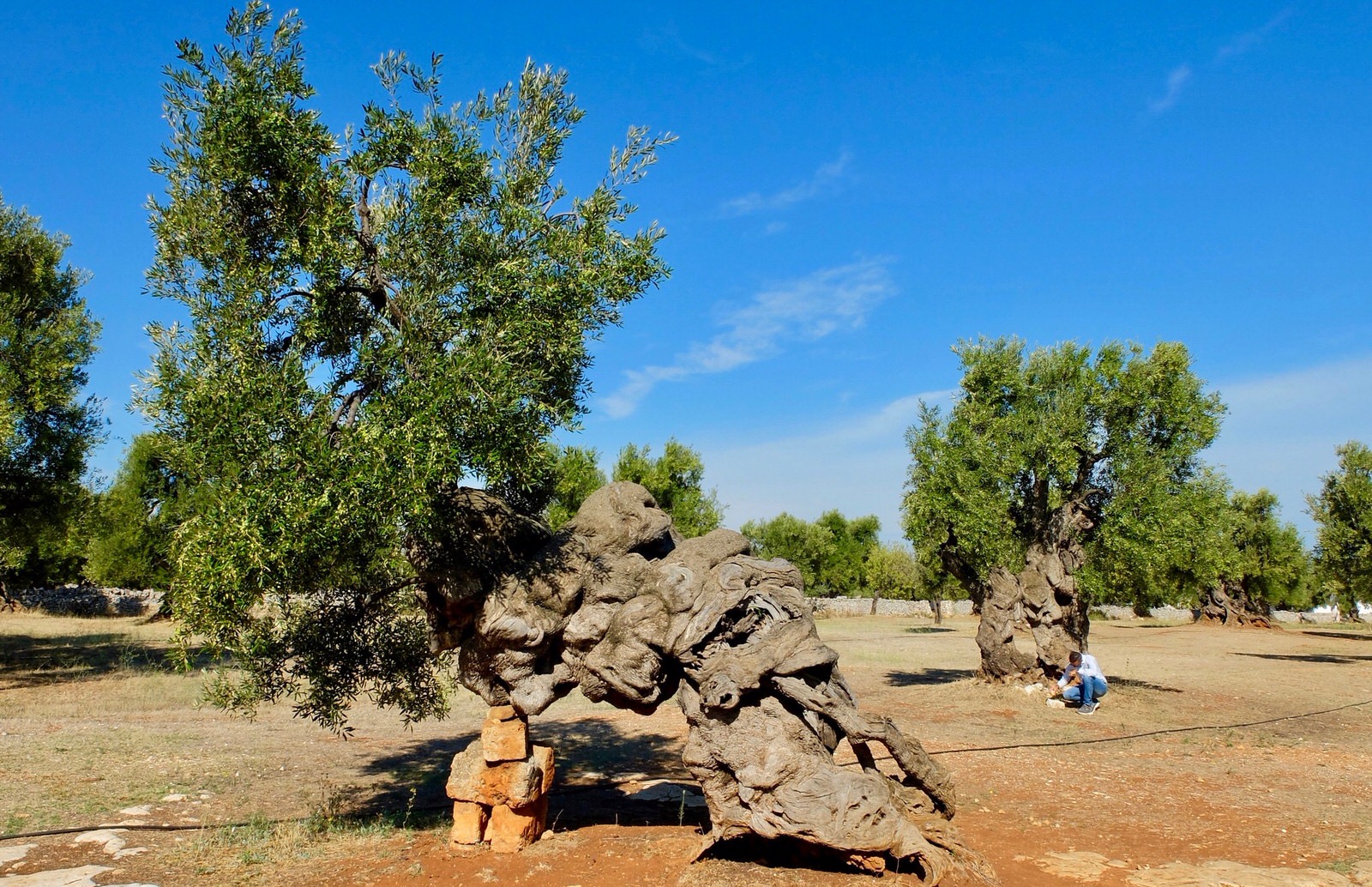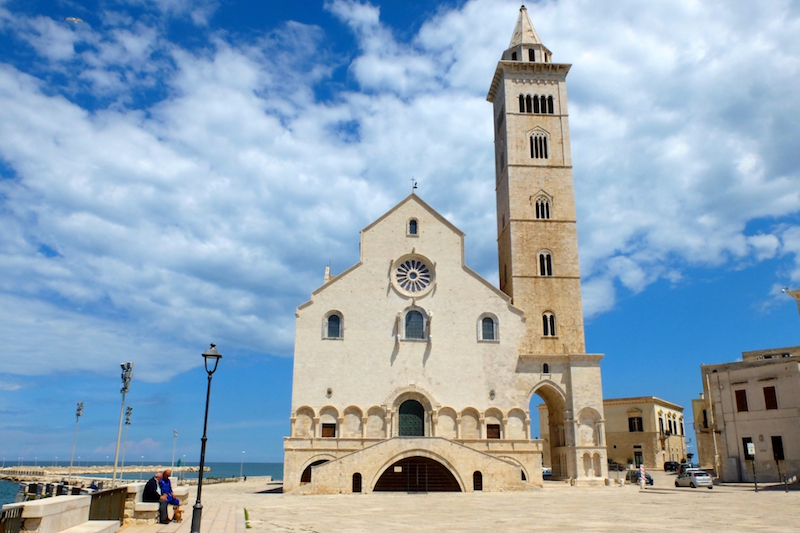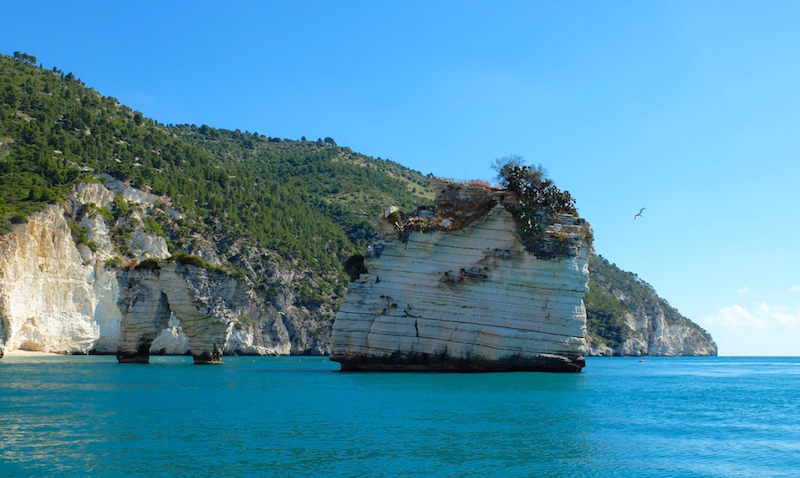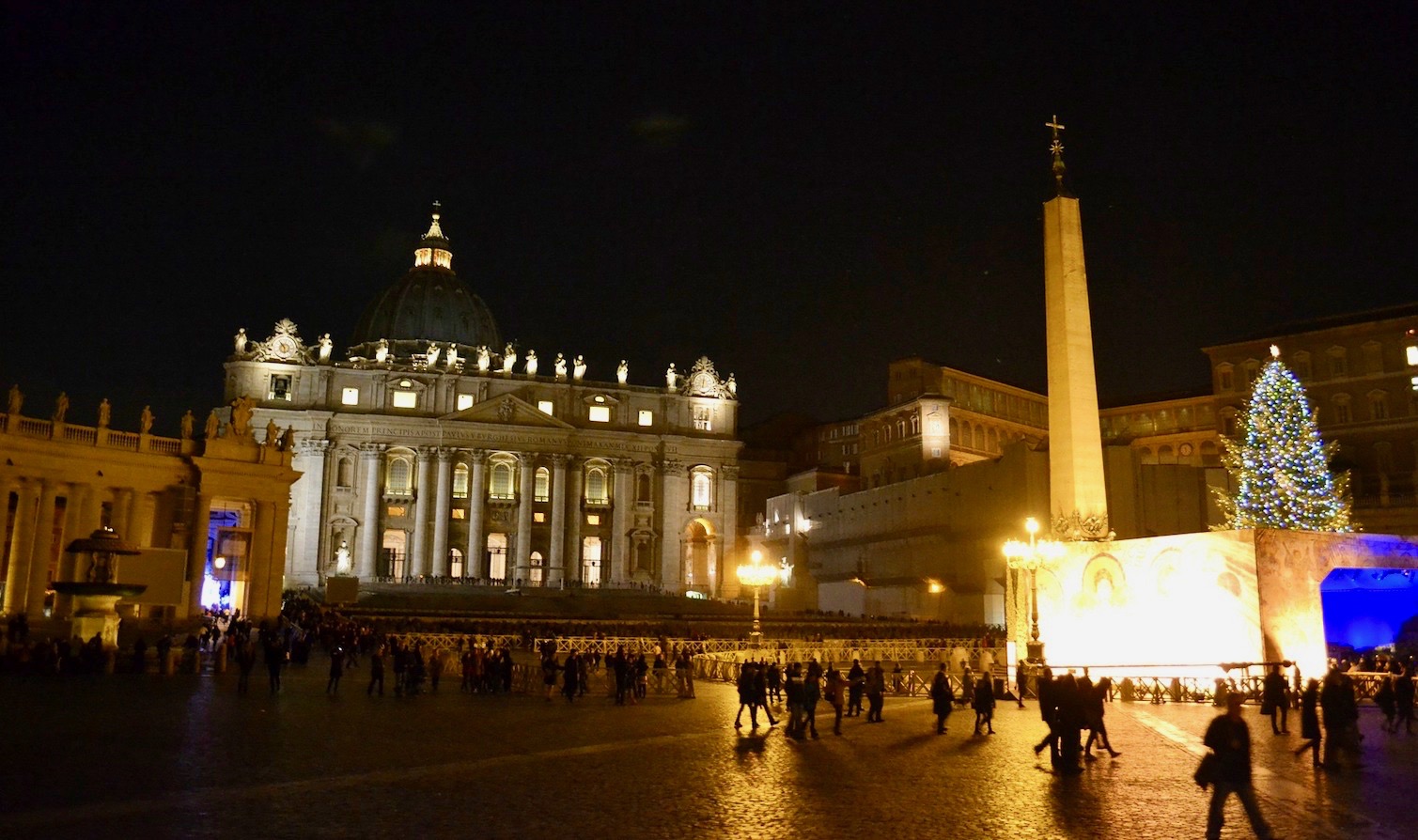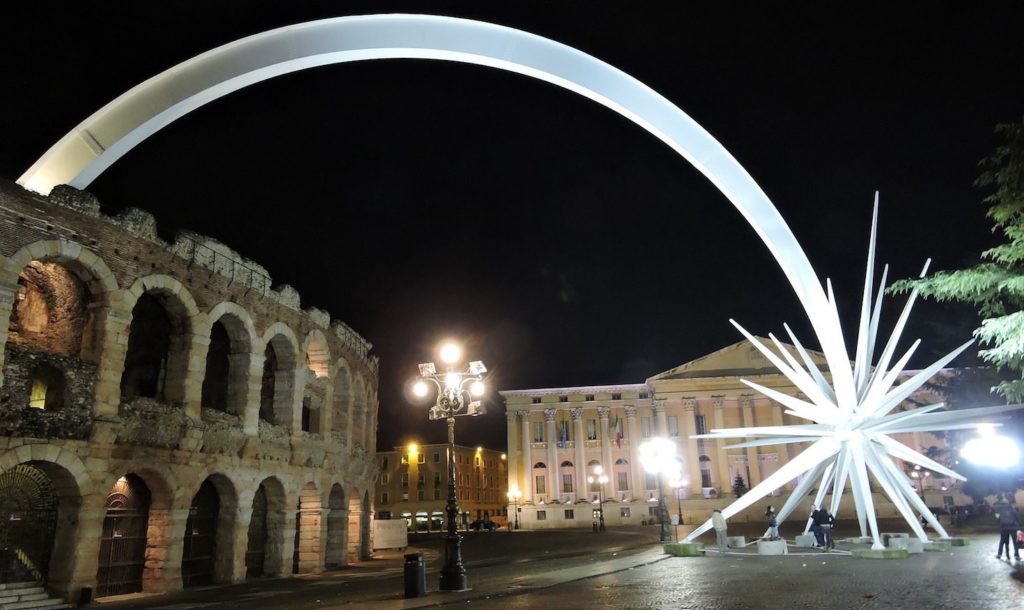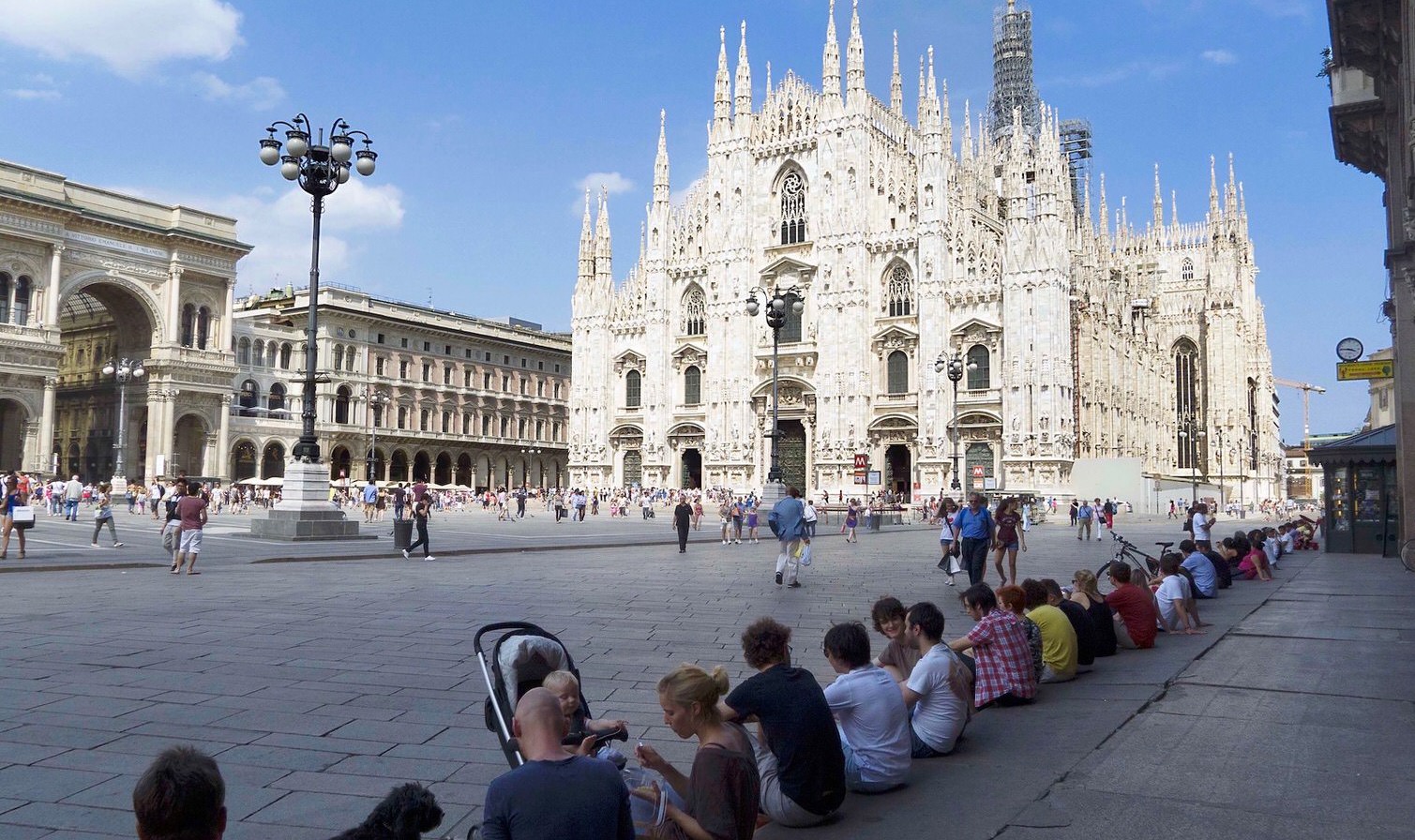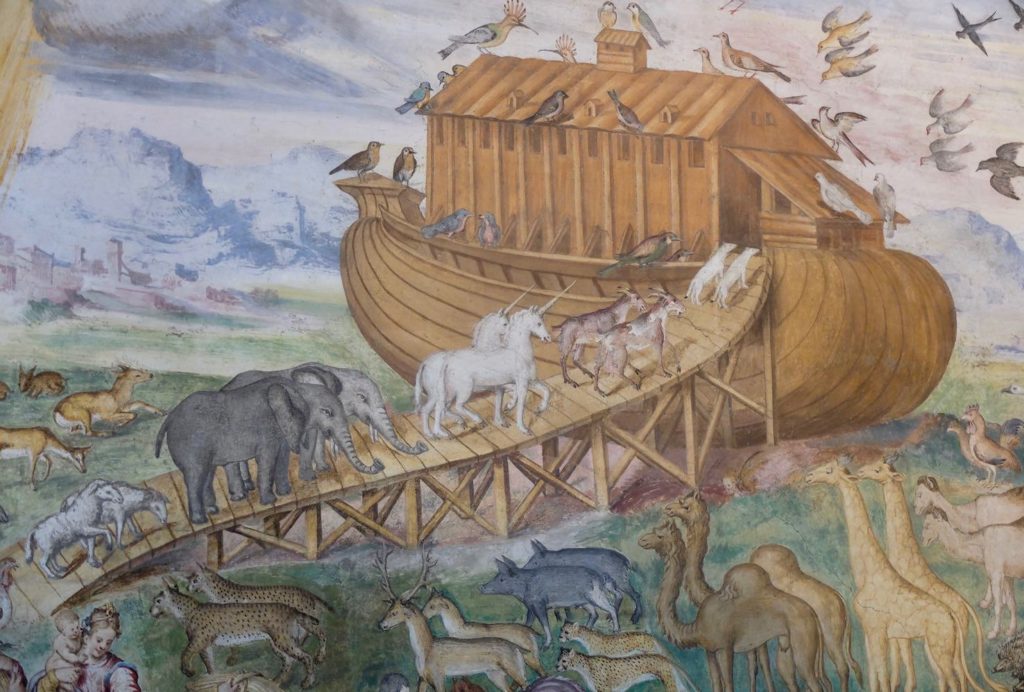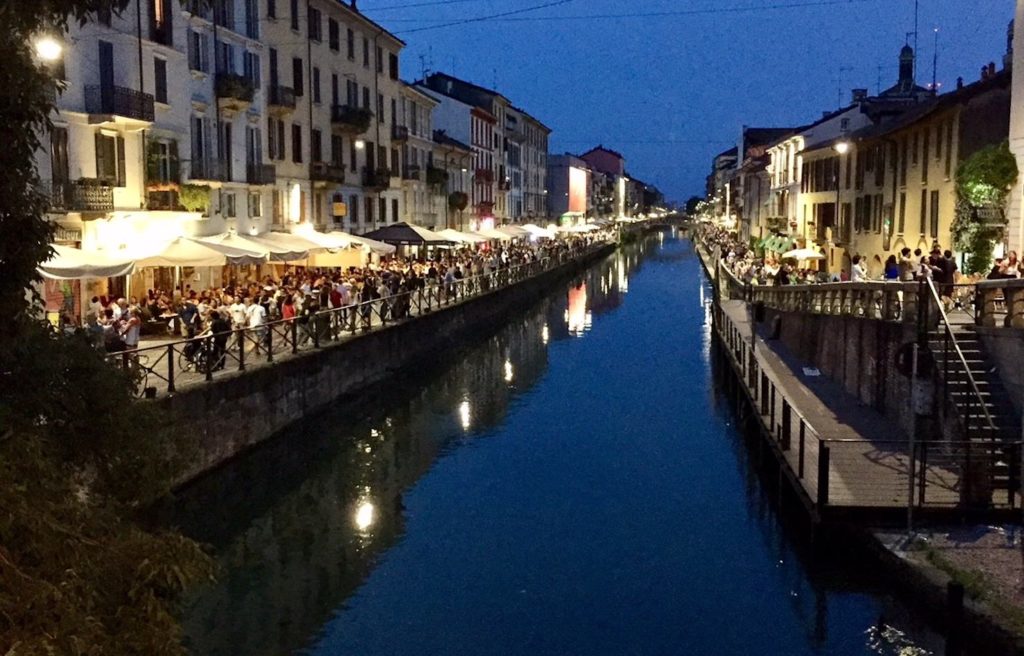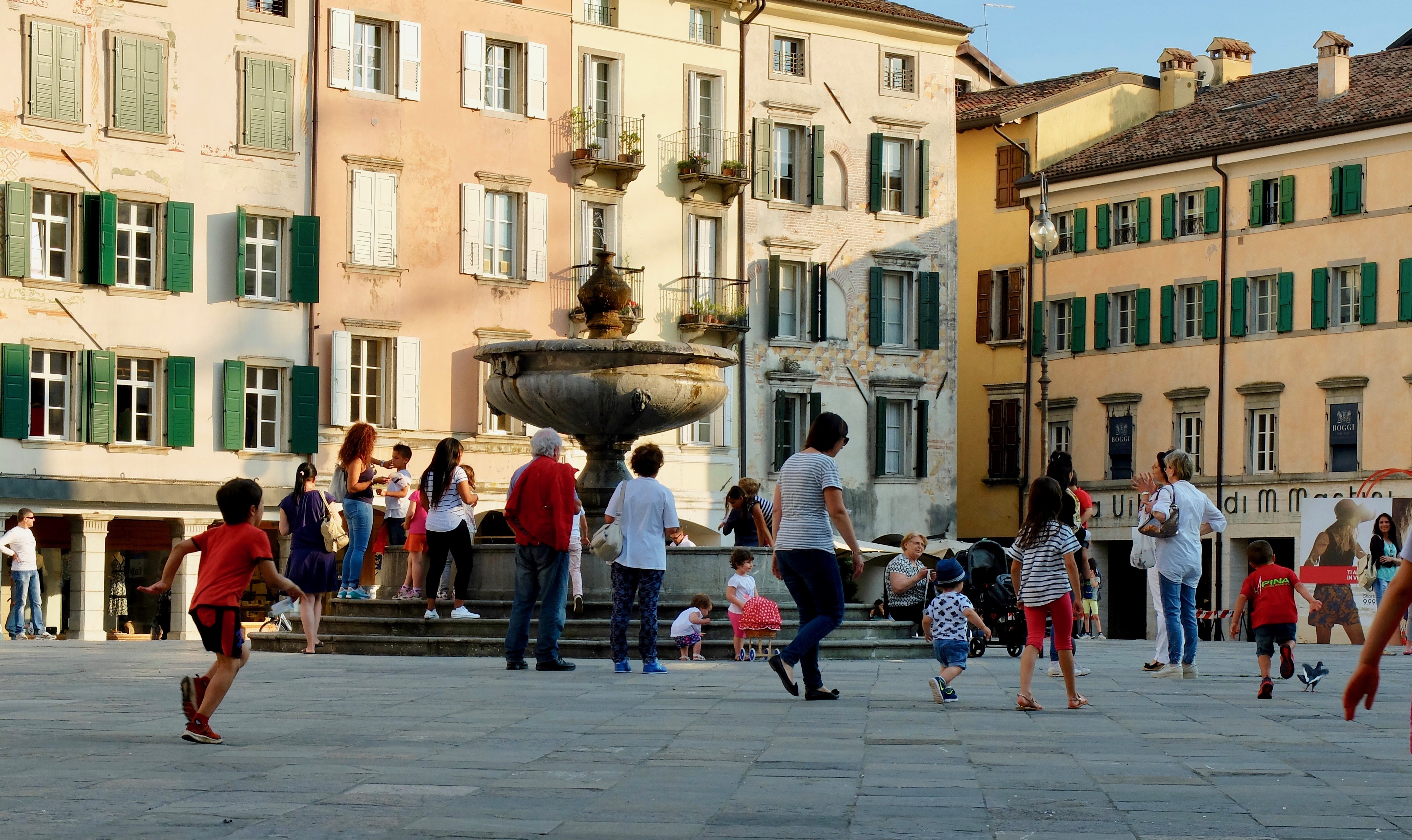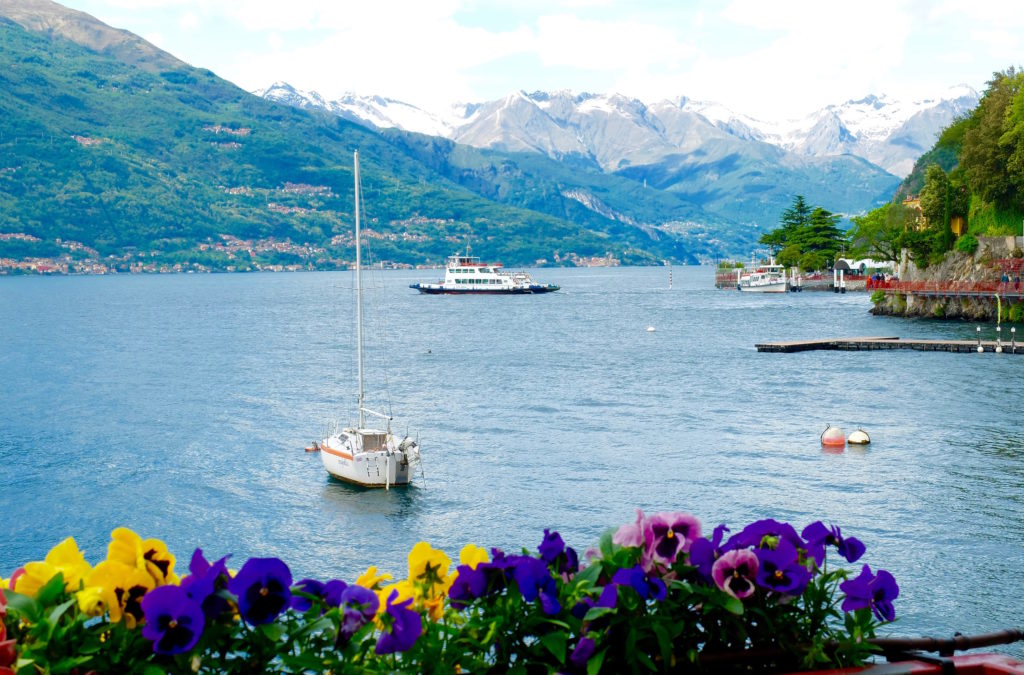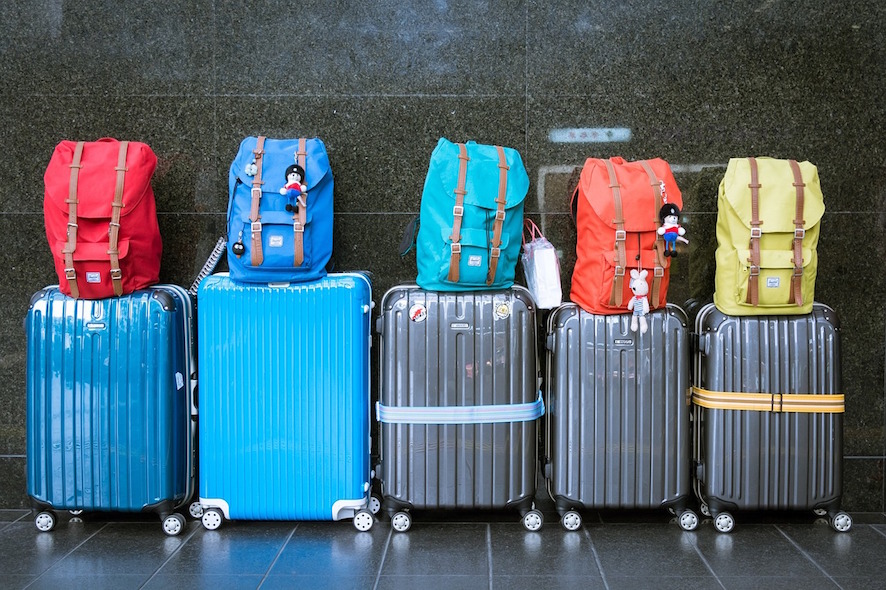13 Nov THE MANY FACES OF LAKE MAGGIORE
Secluded gardens, a magnificent waterfall, a monastery built into the cliff face – Lake Maggiore offers a lot more than the average day-tripper from Milan can see.
All the Italian lakes have beautiful private gardens on their shores. But just outside the town of Intra is a little known garden with links to Australian history. The Botanical Gardens of Villa Taranto were established by Captain Neil Boyd McEacharn, the son of a former Mayor of Melbourne, Sir Malcom Donald McEacharn and Maryanne Watson, daughter of Australian mining millionaire John Boyd Watson. A passionate Italophile, McEacharn spent the decade between 1931 and 1940 establishing this garden at his lakeside villa. Visitors wandering the garden’s seven kilometres of paths can enjoy 20000 plant varieties, and 300 different types of McEacharn’s greatest passion, his dahlias.
Not only are there secluded gardens around the lake, but following the Toce River up the Val Formazza to its source, one finds oneself in an area populated by a group of Italians whose elders still speak a dialect similar to High German, the language of the original settlers. At the top of the valley is the Cascata del Toce, the second largest waterfall in Europe. This waterfall is one of the most spectacular in the Alps, with a stunning freefall jet of water cascading to the rocks below.
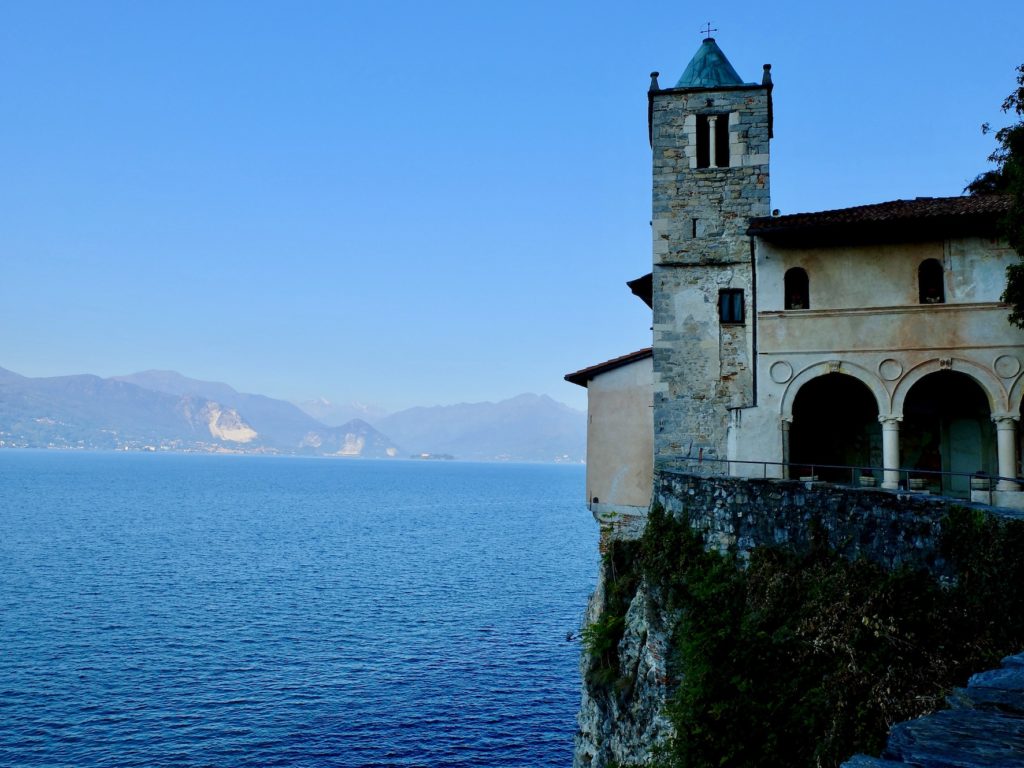
Perched on a rocky ridge on the eastern shore of Lake Maggiore is the Hermitage of Santa Caterina del Sasso. Since the 1300s the monastery has been inhabited by members of the Dominican order but is today inhabited by a group of Benedictine oblates. Visitors must maintain silence but are welcome to walk the lovely balconies that overlook the lake and take in the very special atmosphere of the place.
There are other more famous tourist destinations on the lake, most notably the Borromean Islands, Isola Bella, Isola Madre and Isola dei Pescatori, with their justly famous gardens, buildings and vistas. From the Renaissance period they have all been owned and inhabited by members of the Borromean family. The most spectacular of these is Isola Bella, built in 1632 as a wedding present by Charles III for his wife Isabella, and containing Baroque gardens, grottoes and even white peacocks.
We stay on Lake Maggiore as part of our 14-day Milan and the Best of the Italian Lakes tour in May-June 2020 and on our 8-day Lakes Discovery tour in September 2020.

